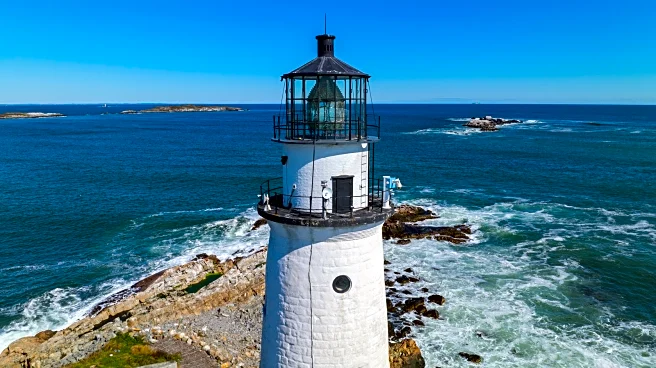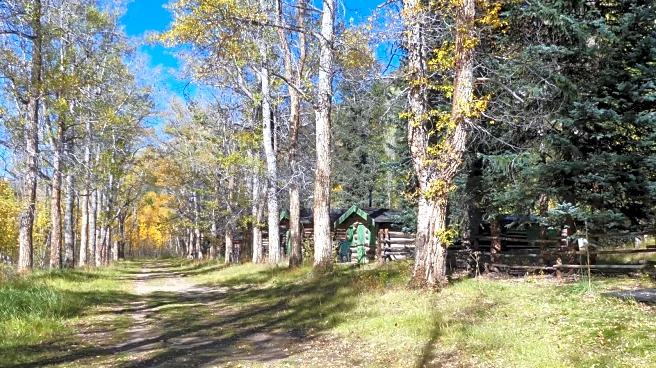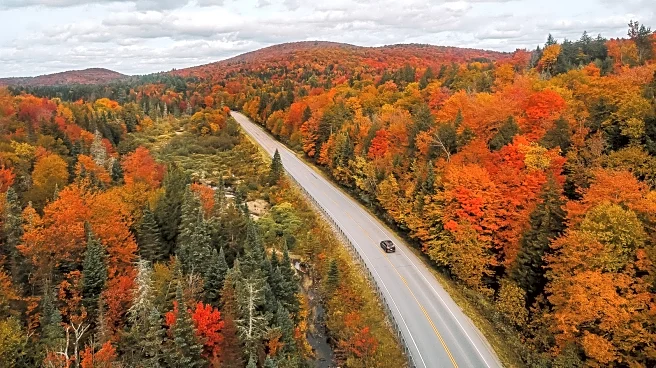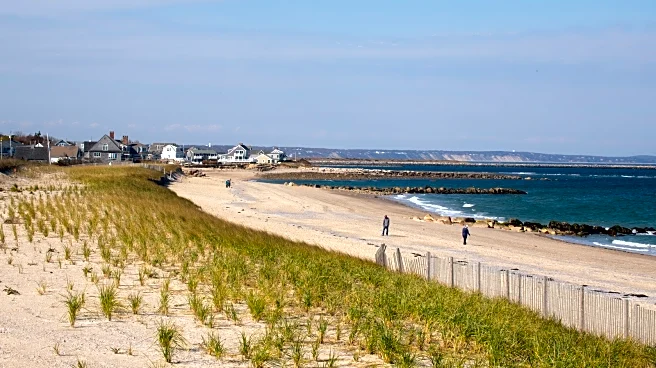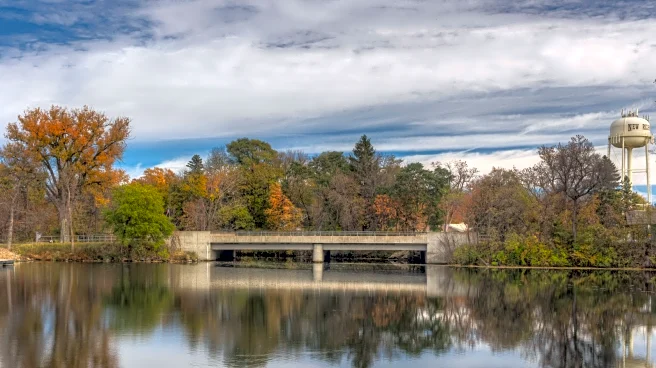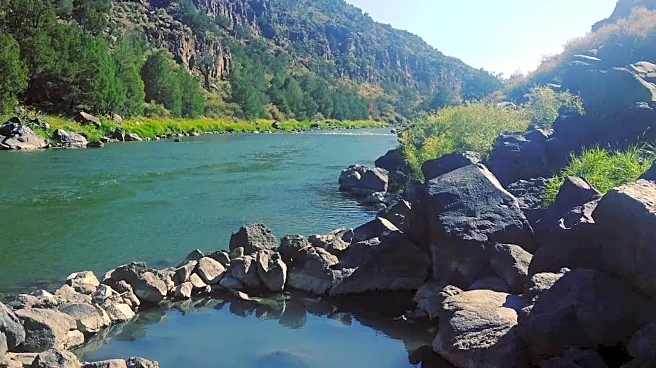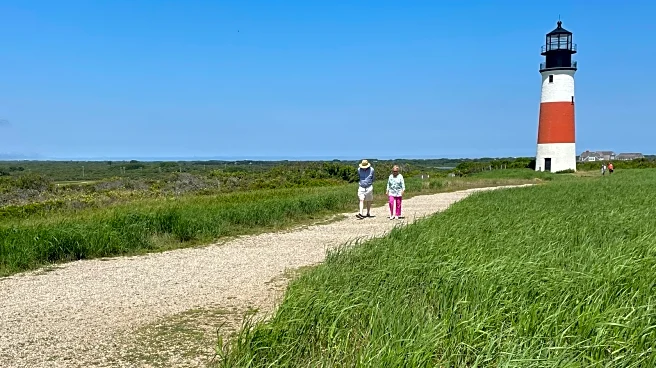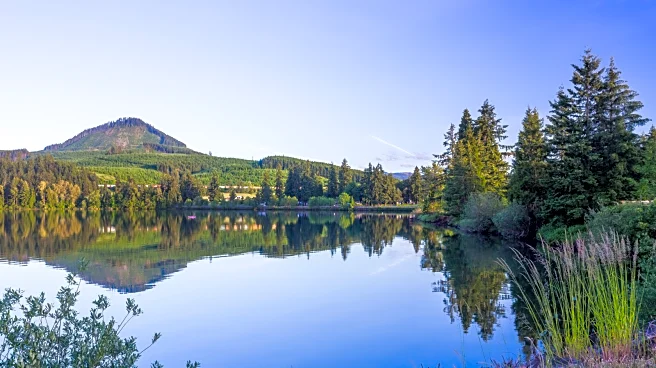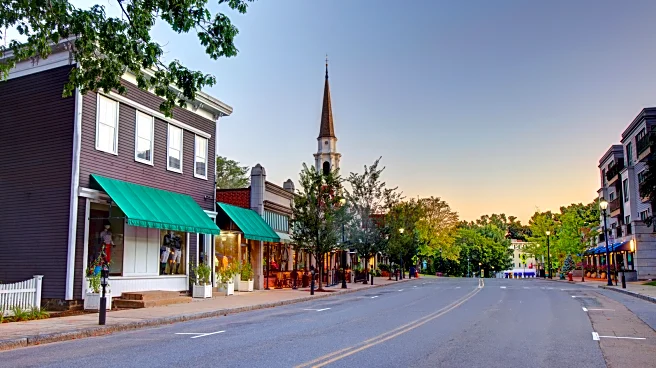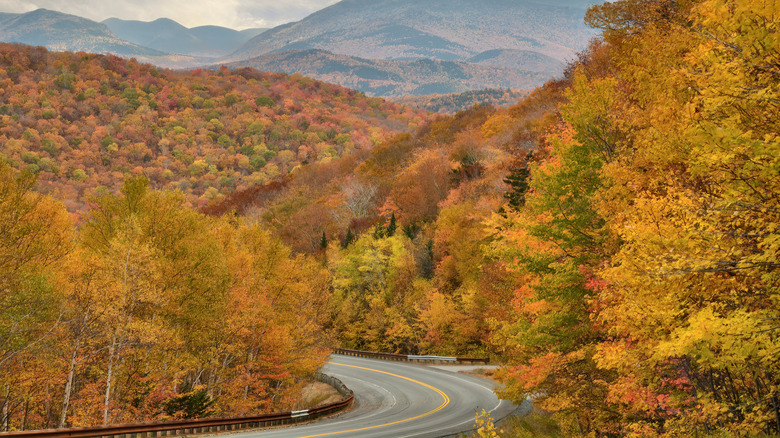
The cooler months bring out explorers, and New Hampshire's White Mountains, one of the most relaxing and romantic mountain ranges in New England
, provides the perfect setting for adventure, beautiful vistas, and historic explorations. Nestled among the large trees and overgrown hiking paths are ruins of an abandoned town, almost lost to time. But the town of Thornton Gore endures, even more than a century after its last residents abandoned this small farming community.Along the path that was once
Tripoli Road, sit stone foundations and remnants of the tools that used to serve the economy here. Covering less than 3,000 acres, Thornton Gore was a tight-knit community that reached its peak in the 1850s. A school, post office, and 22 farms were its cornerstones, and some of those are the foundations that still exist today.
By the start of the 20th century, Thornton Gore was deserted. New industries had drawn young men and families to larger cities, and most of the land was sold and logged for timber. Today, what remains rests within the White Mountain National Forest, quietly rusting or awaiting discovery by those looking for a day-long adventure. Roadways make the area accessible by car, to a point. But hiking is the only way to see the ruins for yourself.
Read more: The Most Charming Cobblestone Streets In America That Will Take You Back In Time
How To Explore Thornton Gore

Thornton Gore is located just over an hour away from New Hampshire's largest city, Manchester, known for its charming neighborhoods and historic trails, and just a few miles east of Interstate 93. The winding Tripoli Road, which closes for the season in early November, provides the easiest access to the ghost town and leads to Forest Service Road 416, which is more akin to a hiking trail and, in fact, once served as a road to this rural town.
The best time to visit the White Mountains is in the fall, when insect populations are lower and less invasive. As hikers navigate the wilderness, it's crucial to watch where they step. Remnants of more than 600 cellars and wells have been discovered in the region, making for some treacherous pathways. When you do come across any artifacts, you're welcome to photograph and study them, but state law requires you to leave anything you uncover exactly where you found it.
Note that the closest village, Woodstock, is approximately 3 miles away. It's recommended to bring water, food, and other necessary provisions with you on your hike. The small village does offer overnight accommodations and restaurants, however. The Tripoli Road Camping Area, operated by the U.S. Forest Service, is open from mid-May to October. At the time of this writing, a campsite costs $25 per vehicle per night.
Cemeteries And Ghost Tales Of The White Mountains
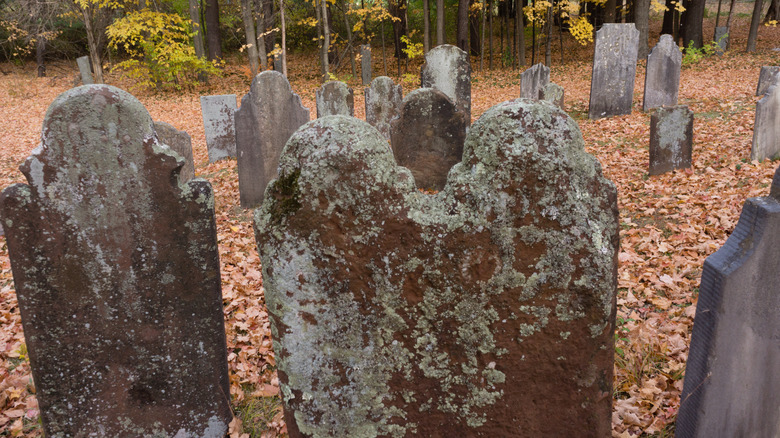
Exploring what remains of Thornton Gore is a vastly different experience from exploring Boston Common, America's oldest public park, nearly 130 miles away. This ghost town can evoke a sense of unease among visitors as they walk through the former homesteads that have decayed in the wilderness. Nearby, the small Wildcat Cemetery is well preserved and holds the remains of some of those former residents, forever resting in the White Mountains.
Not too far away, there are plenty of other ghost towns and legends to discover as you explore the White Mountains of New Hampshire. Just 10 miles northwest of the village of Woodstock is Mount Waternomee, the site of a tragedy that rattled the community and still echoes there today. On an early January morning in 1942, in the middle of World War II, a United States bomber was blown off course and crashed into the mountain, waking nearby residents and killing two of the seven men on board. Today, parts of that fuselage lie near a memorial plaque, commemorating the soldiers lost that morning.
And around 27 miles across the peaks from Thornton Gore in Passaconway, New Hampshire, is the Russell-Colbath House. The structure, built in the 1830s, was home to Thomas and Ruth Colbath. When Thomas left and never returned, Ruth had a lantern burning for him in the window for nearly four decades. Hikers say they still see that lantern shining in the window, just a short distance from Ruth's grave, which is on the property.
Ready to discover more hidden gems and expert travel tips? Subscribe to our free newsletter for access to the world's best-kept travel secrets.
Read the original article on Islands.
